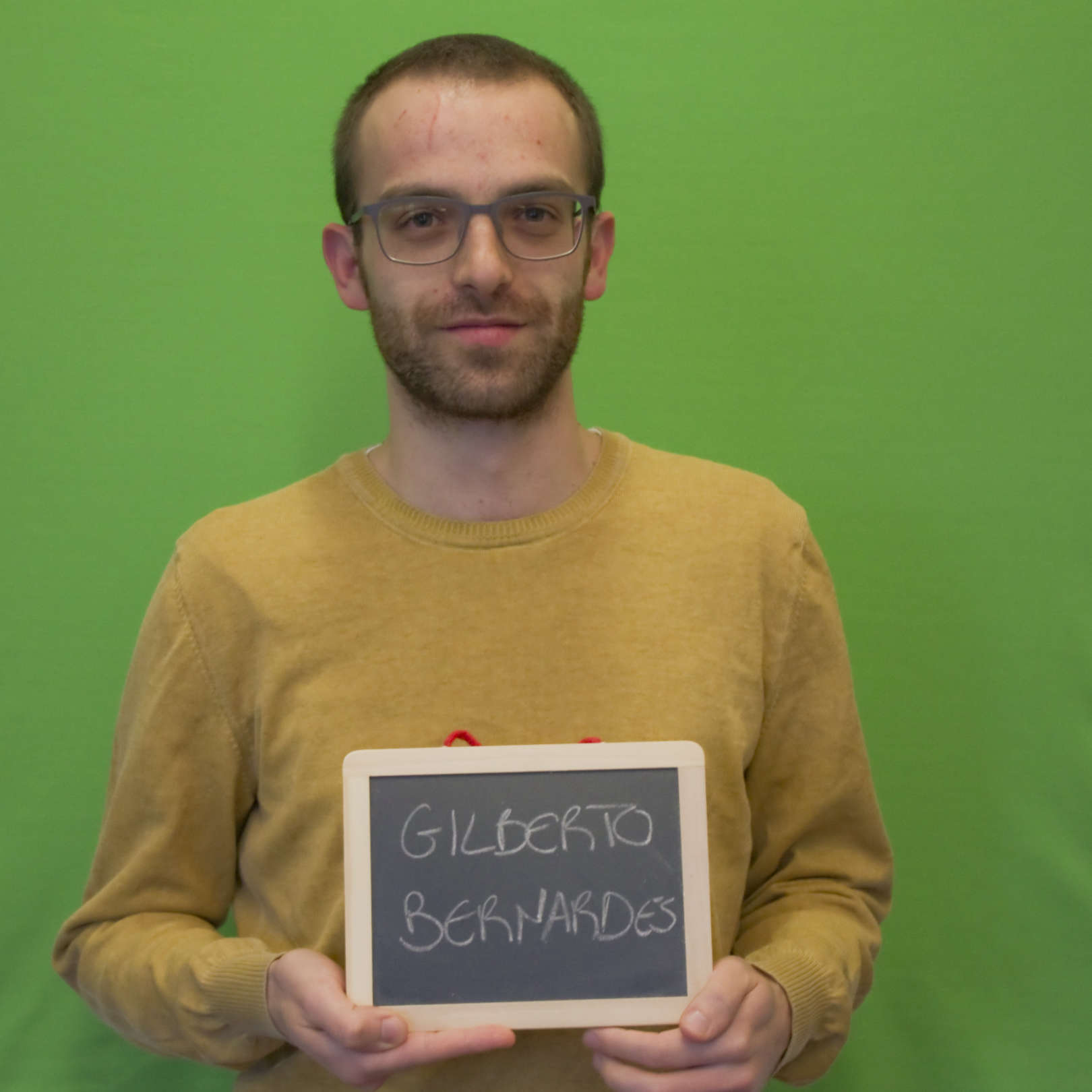Sobre
Gilberto Bernardes é doutorado em Media Digitais (2014) pela Universidade do Porto sob os auspícios da Universidade do Texas em Austin e mestre em Música 'cum Lauda' (2008) pela Amsterdamse Hogeschool voor de Kunsten. Bernardes é atualmente Professor Auxiliar na Universidade do Porto e Investigador Sénior no INESC TEC onde lidera o Laboratório de Computação Sonora e Musical. Conta com mais de 90 publicações, das quais 14 são artigos em revistas com elevado fator de impacto (maioritariamente Q1 e Q2 na Scimago) e catorze capítulos de livros. A Bernardes interagiu com 152 colaboradores internacionais na coautoria de artigos científicos. Bernardes tem contribuído continuamente para a formação de jovens cientistas, uma vez que orienta atualmente seis teses de doutoramento e concluiu mais de 40 dissertações de mestrado.
Recebeu nove prémios, incluindo o Prémio Fraunhofer Portugal para a melhor tese de doutoramento e vários prémios de melhor artigo em conferências (e.g., DCE e CMMR). Participou em 12 projectos de I&D como investigador sénior e júnior. Nos últimos oito anos, após a defesa do seu doutoramento, Bernardes conseguiu atrair financiamento competitivo para realizar um projeto de pós-doutoramento financiado pela FCT e uma bolsa exploratória para um protótipo de I&D baseado no mercado. Atualmente, lidera a equipa portuguesa (Work Package leader) no INESC TEC no projeto Horizonte Europa EU-DIGIFOLK, e no projeto Erasmus+ Open Minds. Nas suas actividades artísticas, Bernardes tem actuado em algumas salas de música de renome, tais como Bimhuis, Concertgebouw, Casa da Música, Berklee College of Music, New York University, e Seoul Computer Music Festival.


